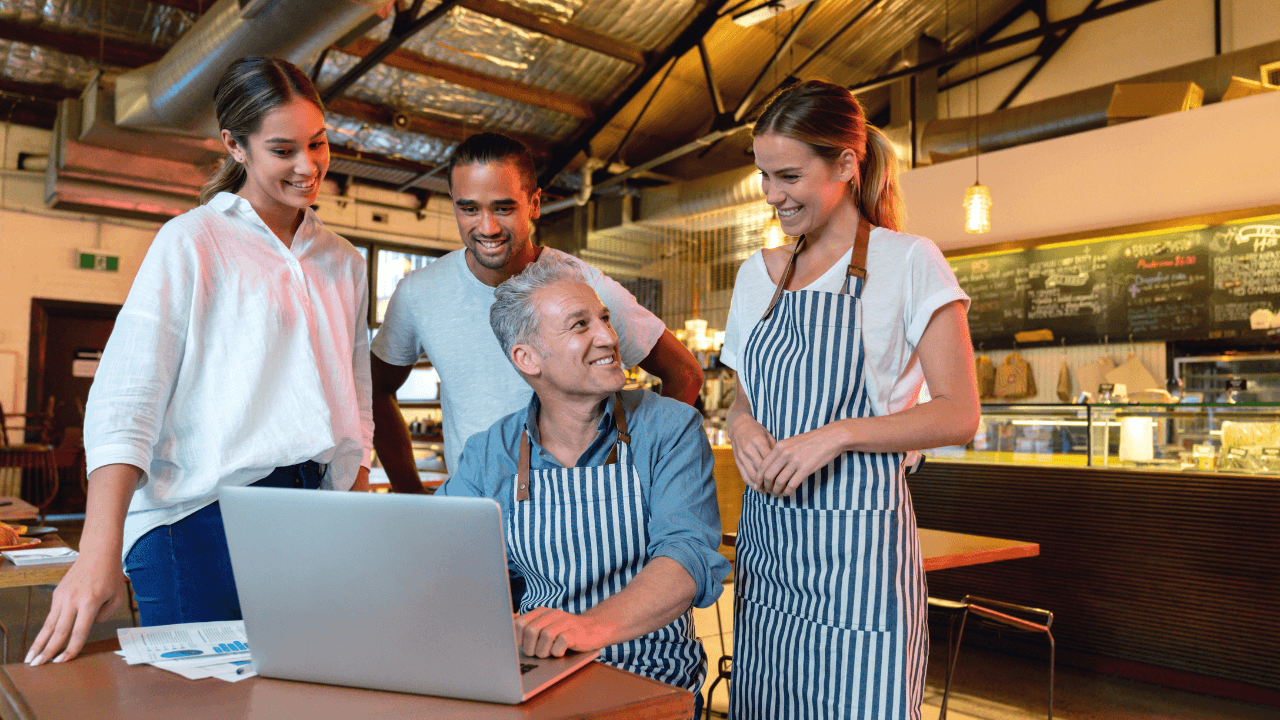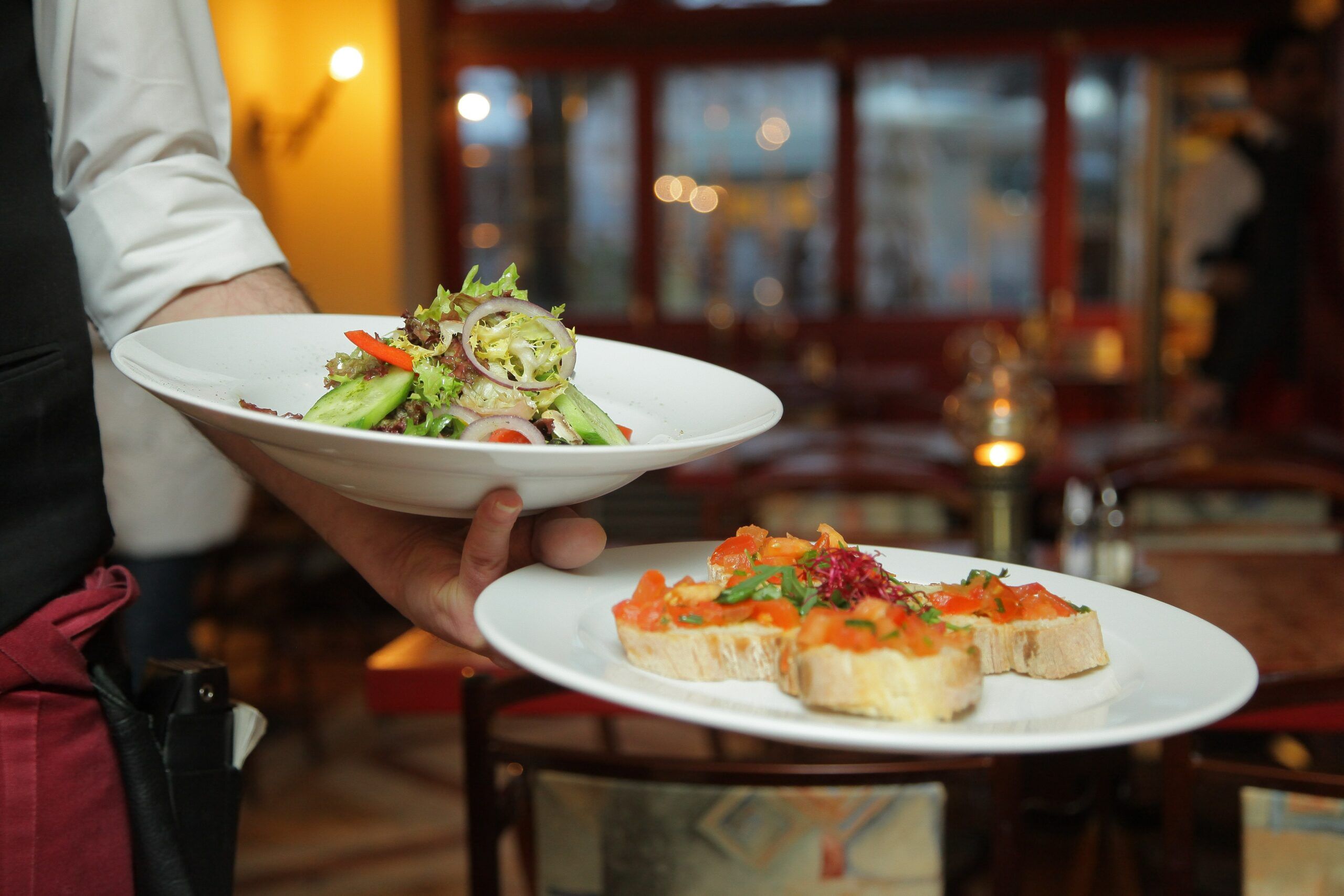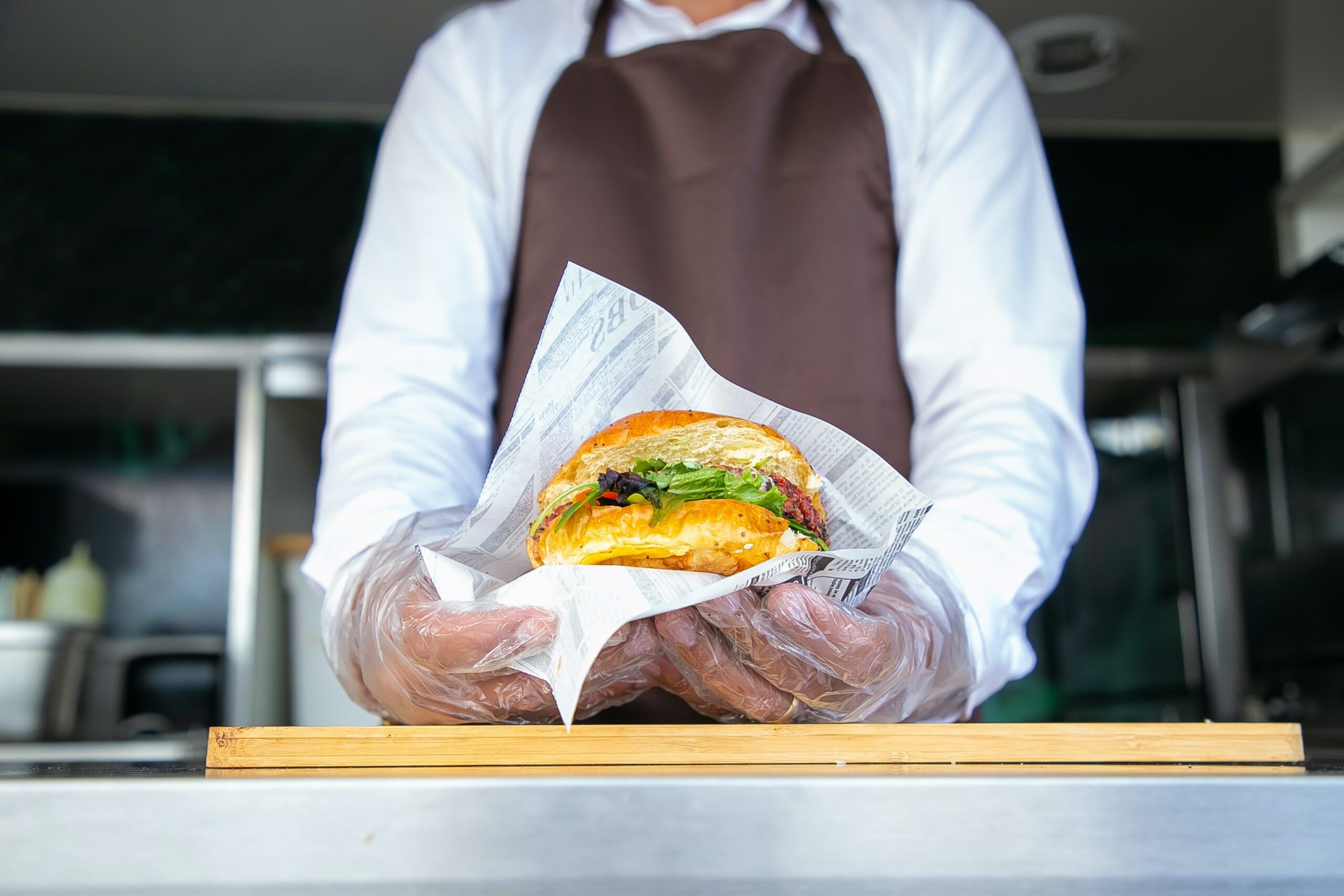- The Era of AI-driven Marketing in the Restaurant Industry
- 5 Types of Restaurant Marketing Strategies in 2023
When we think about how marketing has changed over the past three years, we realize that digital marketing has made an immense leap in market size.
In fact, reports point to an increase in the global digital advertising and marketing market size from $350 billion in 2020 to $786.2 billion by 2026.
This is no surprise, as the pandemic forced many companies to shift most of their ads from outdoors to digital platforms like websites and social media.
But is it the same for restaurants as well?
As an independent restaurant owner, what kinds of digital marketing ads and advertising strategies should you adopt in this new era?
This article will focus on the most innovative tactics gaining momentum today to boost your restaurant’s visibility.
The Era of AI-driven Marketing in the Restaurant Industry
Understanding how customers think and behave is no longer a matter of guessing or using a crystal ball.
With AI, more restaurant operations are optimized to gain better returns by increasing customer reach.
Here are some examples of how AI tools can help in improving your marketing strategies:
Personalized Marketing Campaigns
AI-driven customer data analysis can help restaurants understand customer preferences, behaviors, and demographics.
With this information, restaurants can create targeted and personalized marketing campaigns, delivering the right offers and promotions to the right customers, thus increasing engagement and conversion rates.
Chatbots and Virtual Assistants
Around 62% of customers are willing to use AI to elevate their online buying and browsing experiences.
AI-powered chatbots and virtual assistants are one example of utilizing tools to improve customer satisfaction. These bots are able to handle customer inquiries and provide real-time assistance on various platforms, such as websites and social media.
They can also answer common questions, take reservations, and provide menu recommendations, enhancing customer service and streamlining the booking process.
Predictive Analytics
AI tools can analyze historical data to predict customer demand, helping restaurants anticipate busy periods and optimize staffing and inventory accordingly. This reduces wastage, ensures better resource allocation, and enhances overall operational efficiency.
Menu Optimization
AI can analyze customer feedback, online reviews, and purchasing patterns to identify popular and underperforming menu items. This insight allows restaurants to fine-tune their menus, add customer favorites, and optimize pricing strategies to maximize profitability.
Dynamic Pricing
AI tools can adjust pricing in real-time based on factors such as demand, seasonality, and competitor pricing. Dynamic pricing helps restaurants optimize revenue by offering competitive prices during off-peak hours and adjusting prices during high-demand periods.
Social Media and Sentiment Analysis
AI can monitor social media platforms and review websites to gauge customer sentiment and brand reputation. Restaurants can use this information to respond promptly to customer feedback, address concerns, and engage with their audience, ultimately building stronger relationships with new customers.
Recommendation Engines
AI-driven recommendation engines can suggest personalized menu items, promotions, or add-ons based on individual customer preferences, increasing upselling opportunities and overall customer satisfaction.
When a customer visits the restaurant or accesses the restaurant’s website or app, the AI system takes into account several factors to make tailored recommendations. It considers the customer’s past orders, preferences, dietary restrictions, and feedback from previous visits.
Utilizing search engine optimization (SEO) tools can further increase your chances of getting viewed by local customers in your area.
Automated Email Marketing
Most customers would like to hear about new restaurants through their emails. Such emails aren’t restricted to news about a restaurant opening but also any event, discount, or new menu that’s been added.
AI-powered email marketing tools, for instance, can segment customer lists based on preferences and behaviors and send automated and personalized emails. This allows restaurants to nurture customer relationships, send relevant promotions, and encourage repeat visits.
Your Inbox, Your Rules!
Tailor your newsletter with the topics you're most interested in.
5 Types of Restaurant Marketing Strategies in 2023
Restaurant owners can be bombarded with many creative restaurant marketing ideas and still feel confused about which way to go.
Starting with a single marketing strategy can sometimes be the key to unlocking all the others. And some strategies have been shown to be more effective than others.
Digital and Social Media Marketing
Around 57% of Gen Z have tried a restaurant after seeing them on social media.
With the ever-increasing use of digital platforms, restaurants are leveraging social media to engage with customers, showcase their offerings, and run targeted advertising campaigns.
Influencer marketing, for example, can be a powerful user-generated content tool to increase customer engagement and boost your visibility on socials.
Social media contests and visually appealing content also help create buzz and attract new patrons.
Personalization and Customer Loyalty Programs
Restaurants are focusing on building strong customer relationships through personalized experiences and loyalty programs.
Offering exclusive rewards, discounts, and personalized offers based on customer preferences can foster loyalty and encourage repeat visits.
Online Ordering and Delivery Optimization
With the growing demand for convenience, restaurants invest in user-friendly online ordering platforms and optimize their delivery services.
Partnering with food delivery apps and offering seamless online ordering experiences can boost sales and reach a broader customer base. Such third-party delivery apps can serve as ad platforms customers can come across while browsing.
Remember to create or optimize your delivery website if you haven’t started doing it yet. Your restaurant website is the first page your customers will land on after they search online, so better make it impressionable for them.
Sustainability and Health Consciousness
As consumers become more conscious of the environment and their health, restaurants are incorporating sustainability practices and offering healthier menu options.
Marketing efforts centered around sustainability initiatives and promoting wholesome ingredients appeal to health-conscious consumers.
Optimizing for Mobile
In 2023, mobile optimization is no longer a luxury but a necessity for restaurant marketing since more revenues have shifted from desktop to mobile.
With many customers using smartphones to find, explore, and order from restaurants, having a mobile-friendly website and app is essential.
Mobile apps with user-friendly interfaces, easy navigation, and convenient features like mobile ordering and reservation systems further enhance the customer experience.
Leveraging mobile push notifications and location-based marketing allows restaurants to engage with customers in real-time and promote time-sensitive offers, attracting patrons at the right moments.
Experiential Marketing and Events
Restaurants are creating memorable experiences for their customers by hosting themed events, pop-up dinners, and interactive dining experiences.
Collaborating with local influencers or hosting cooking classes and tasting sessions can generate excitement and word-of-mouth marketing.
Consider These Marketing Tactics for Your Restaurant and Get More Traffic Through Your Door
Marketing tactics are the lifeblood of any successful restaurant, and harnessing the potential of AI-powered tools has become paramount in the competitive dining landscape.
AI-powered tools offer valuable insights into customer preferences, enabling personalized marketing campaigns that resonate with patrons on a deeper level.
From utilizing chatbots for real-time assistance to implementing dynamic pricing strategies, the five innovative marketing tactics explored in this guide present unique opportunities to boost traffic and revenue.
Plus, with personalized marketing campaigns, dynamic pricing, and efficient email automation, restaurants can maintain a consistent and engaging presence across various channels, cultivating a loyal customer base and attracting new visitors through their doors.
By embracing AI-powered tools in tandem with these innovative marketing tactics, your restaurant can thrive in the digital age and witness a substantial boost to their bottom line.



